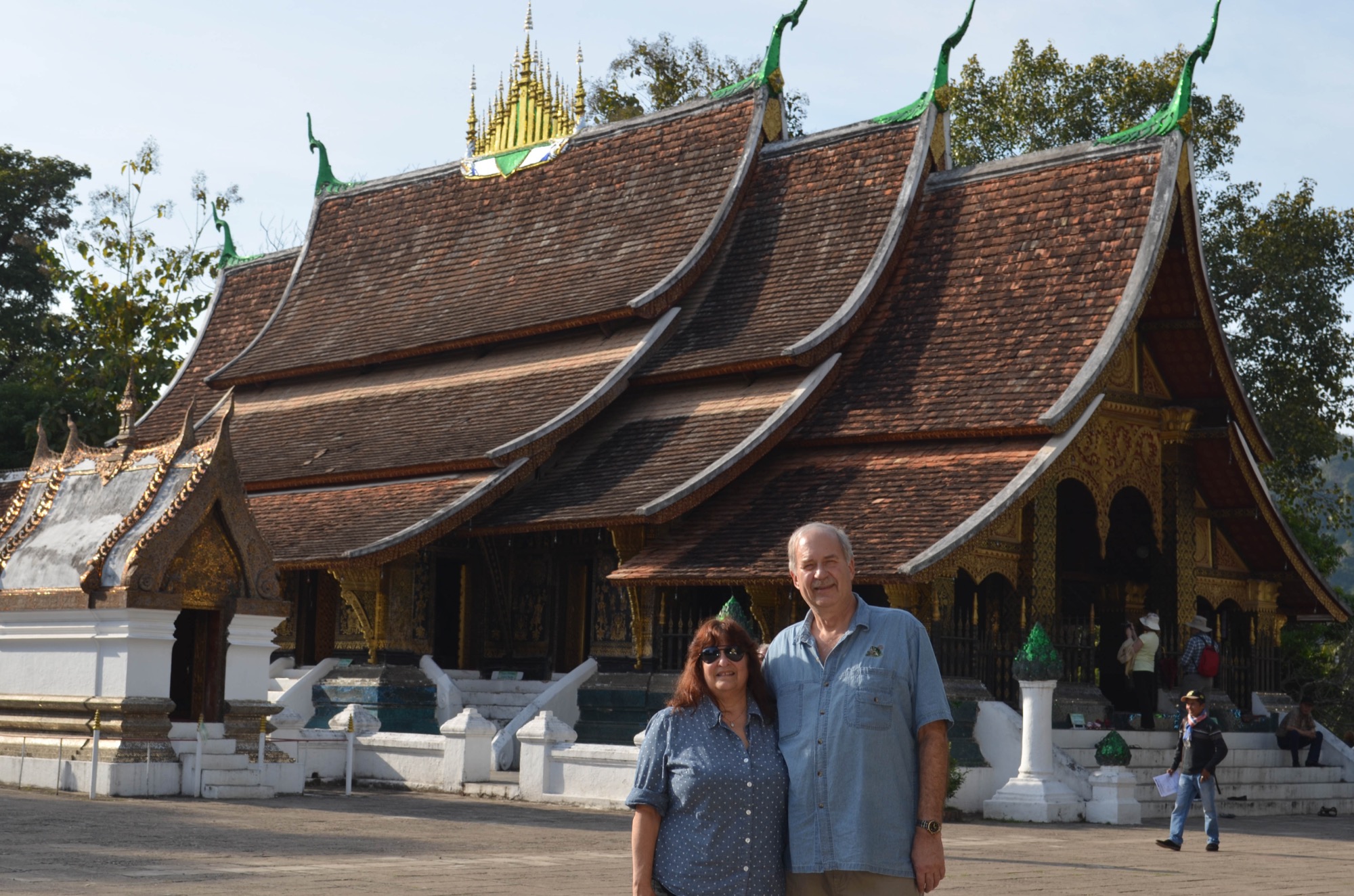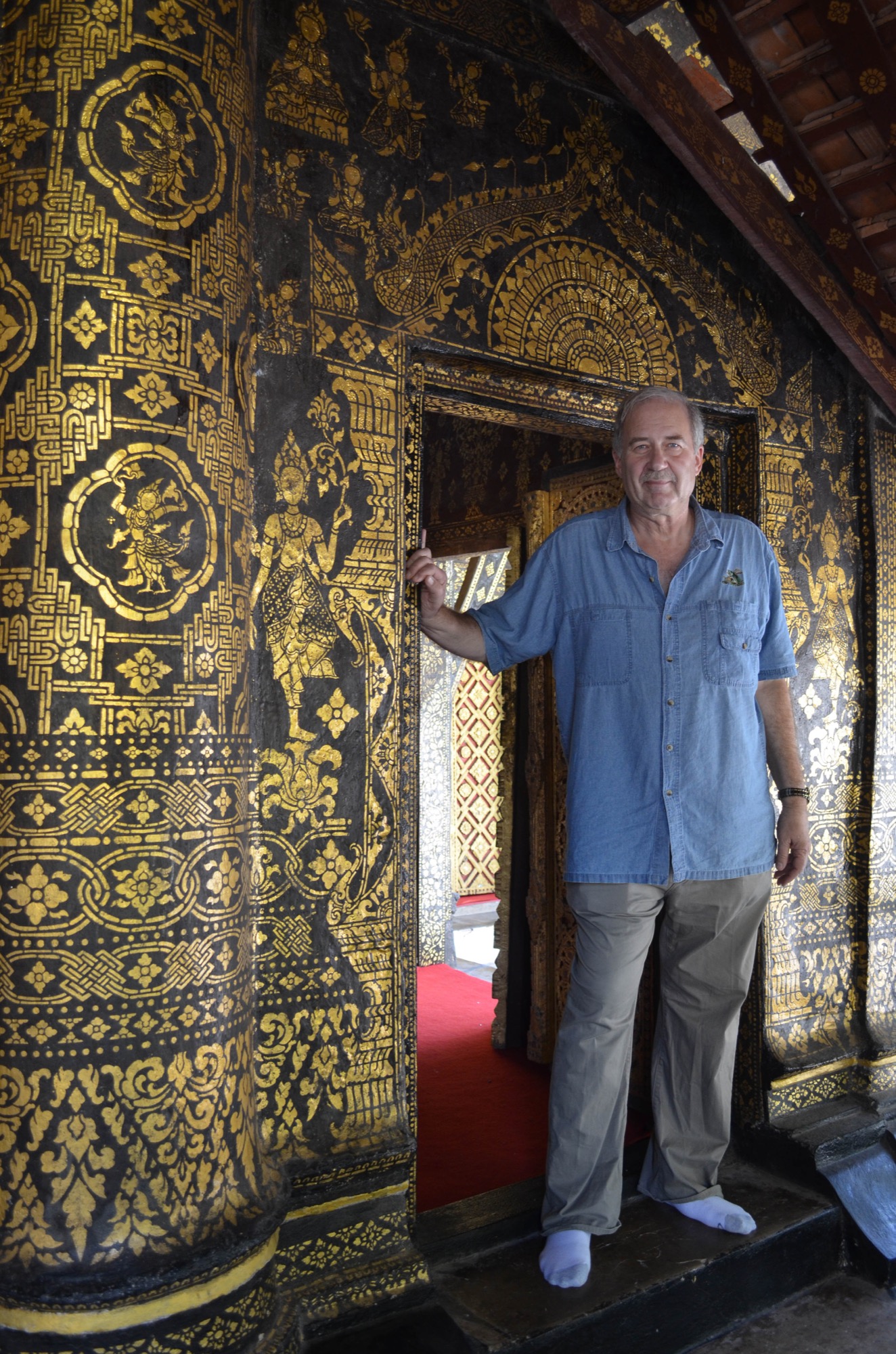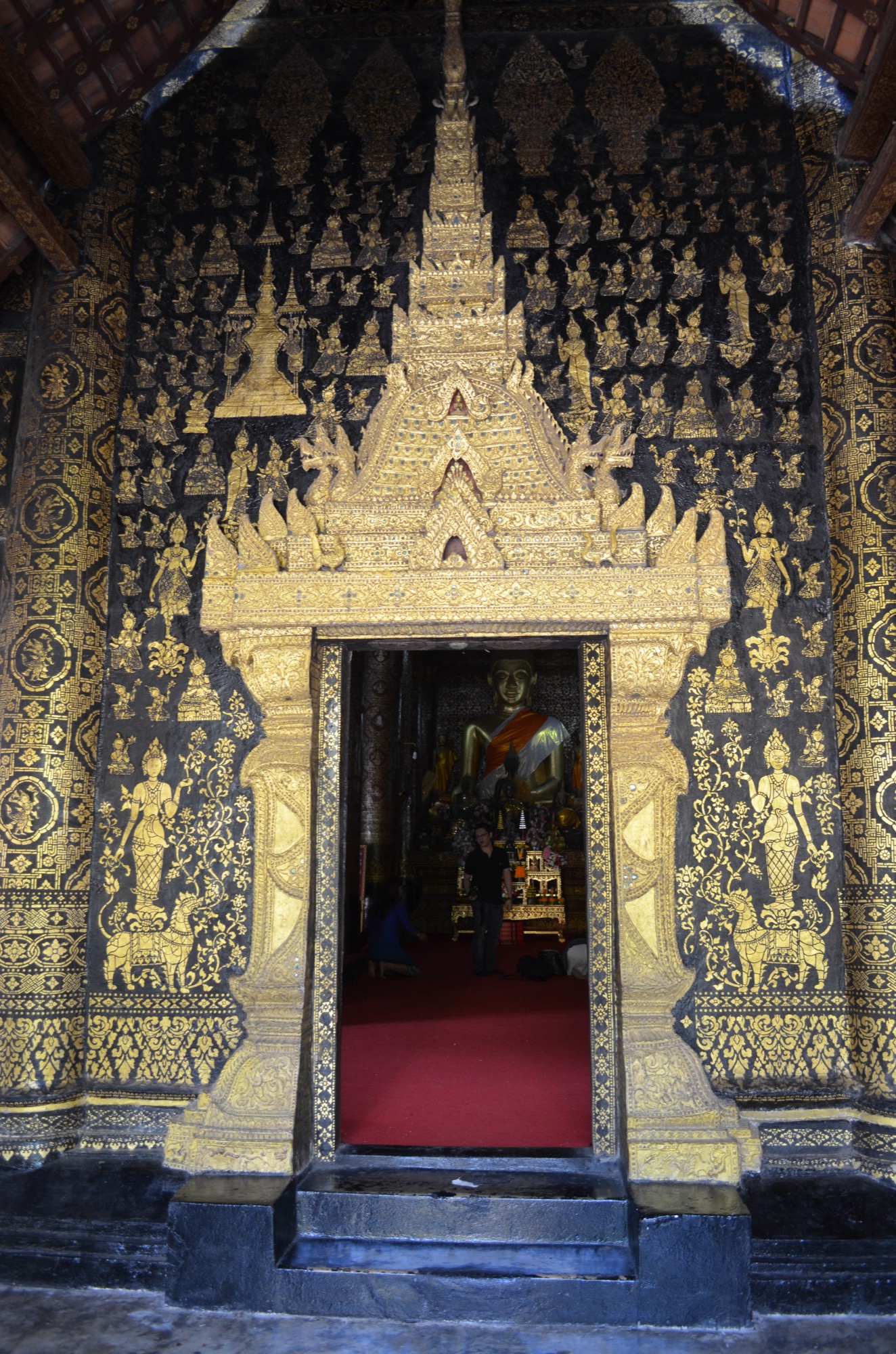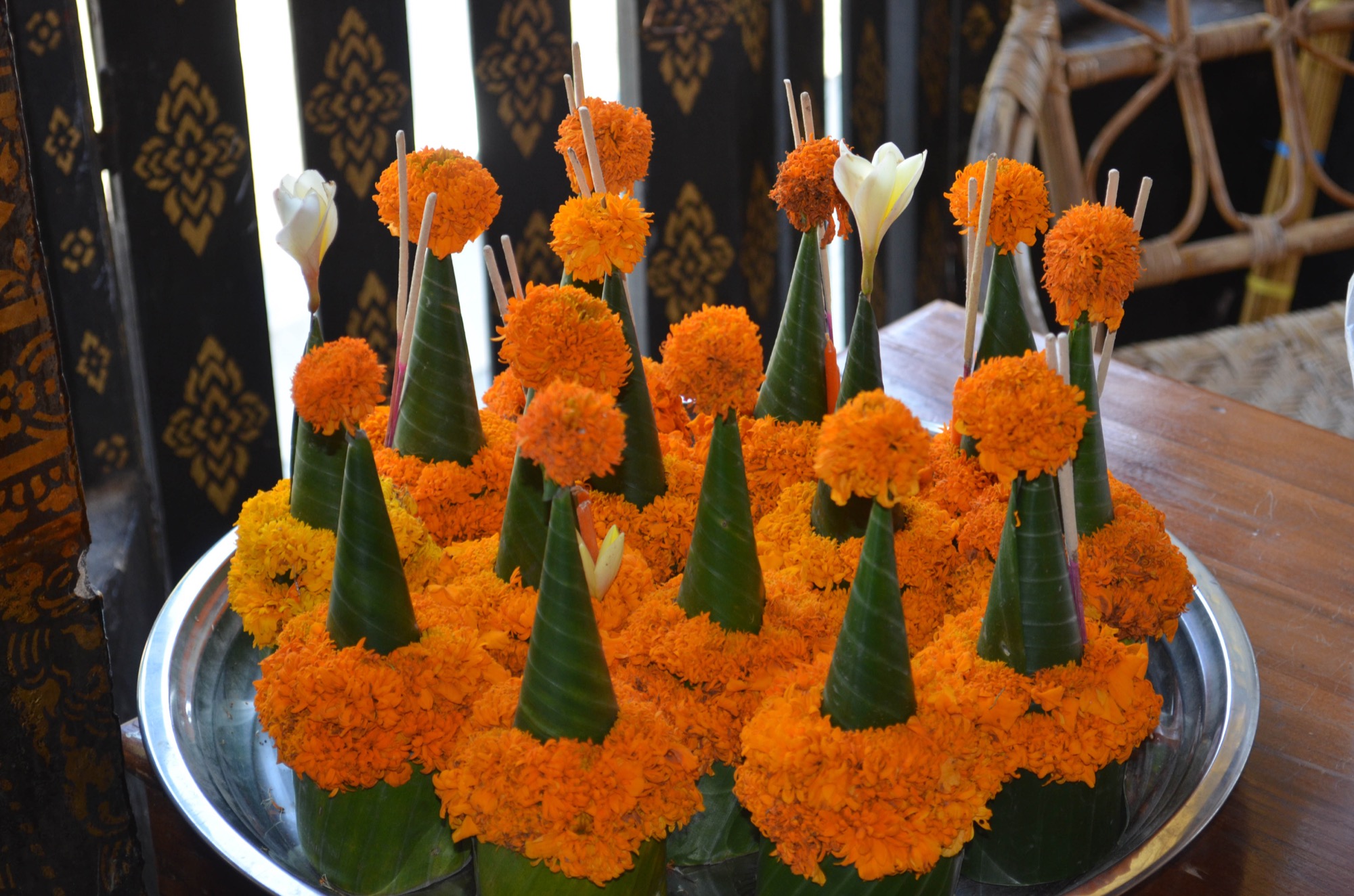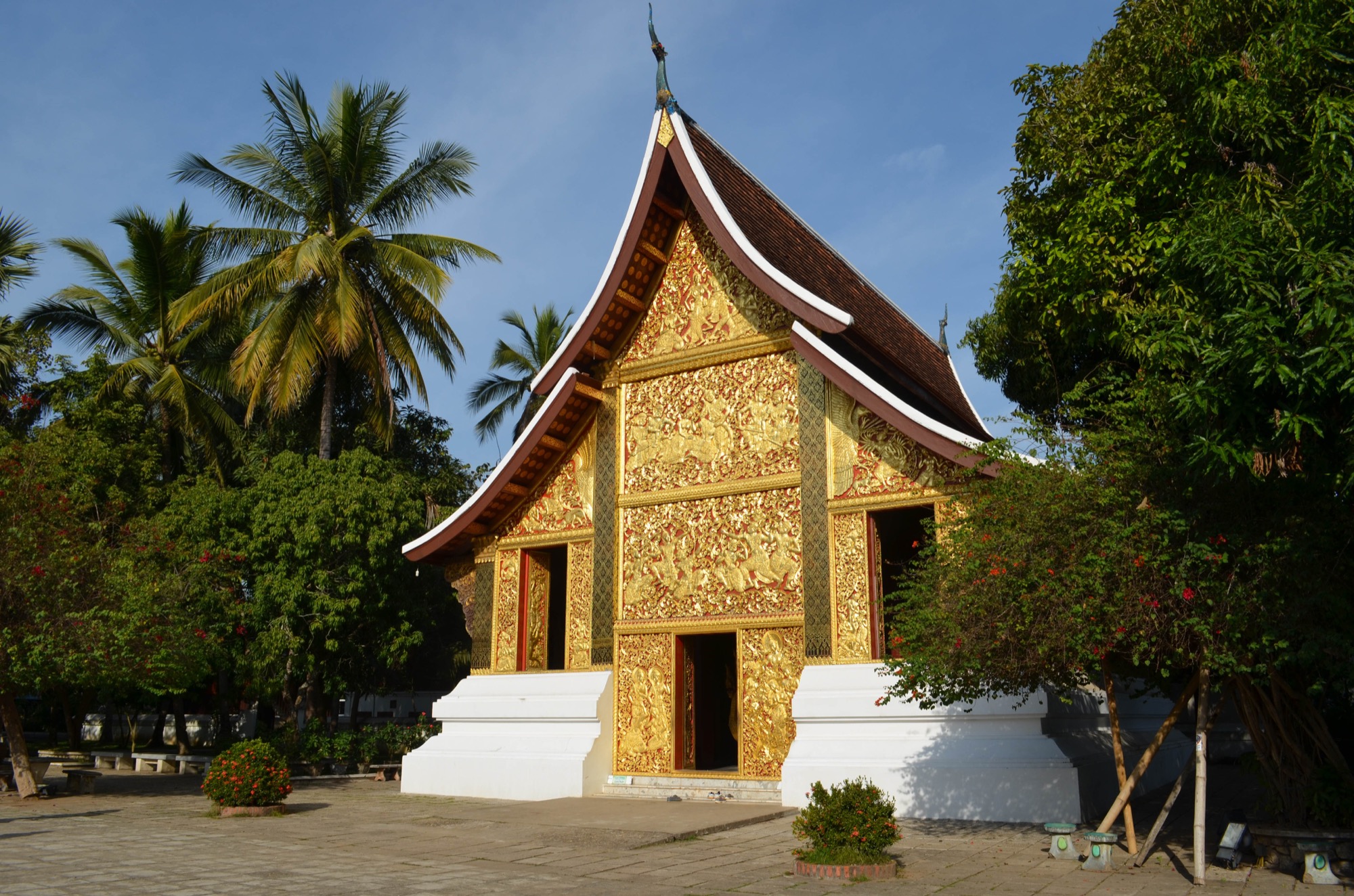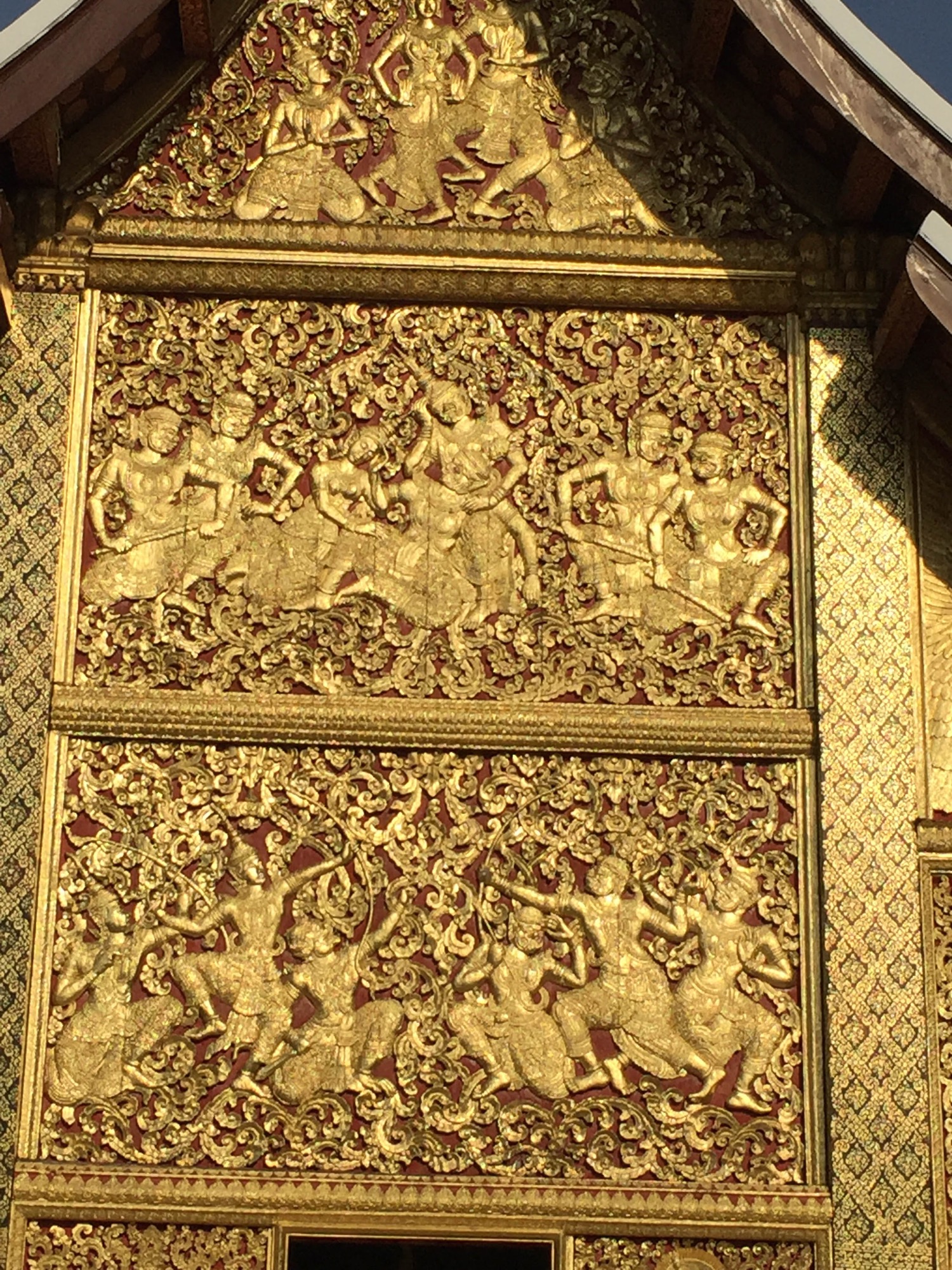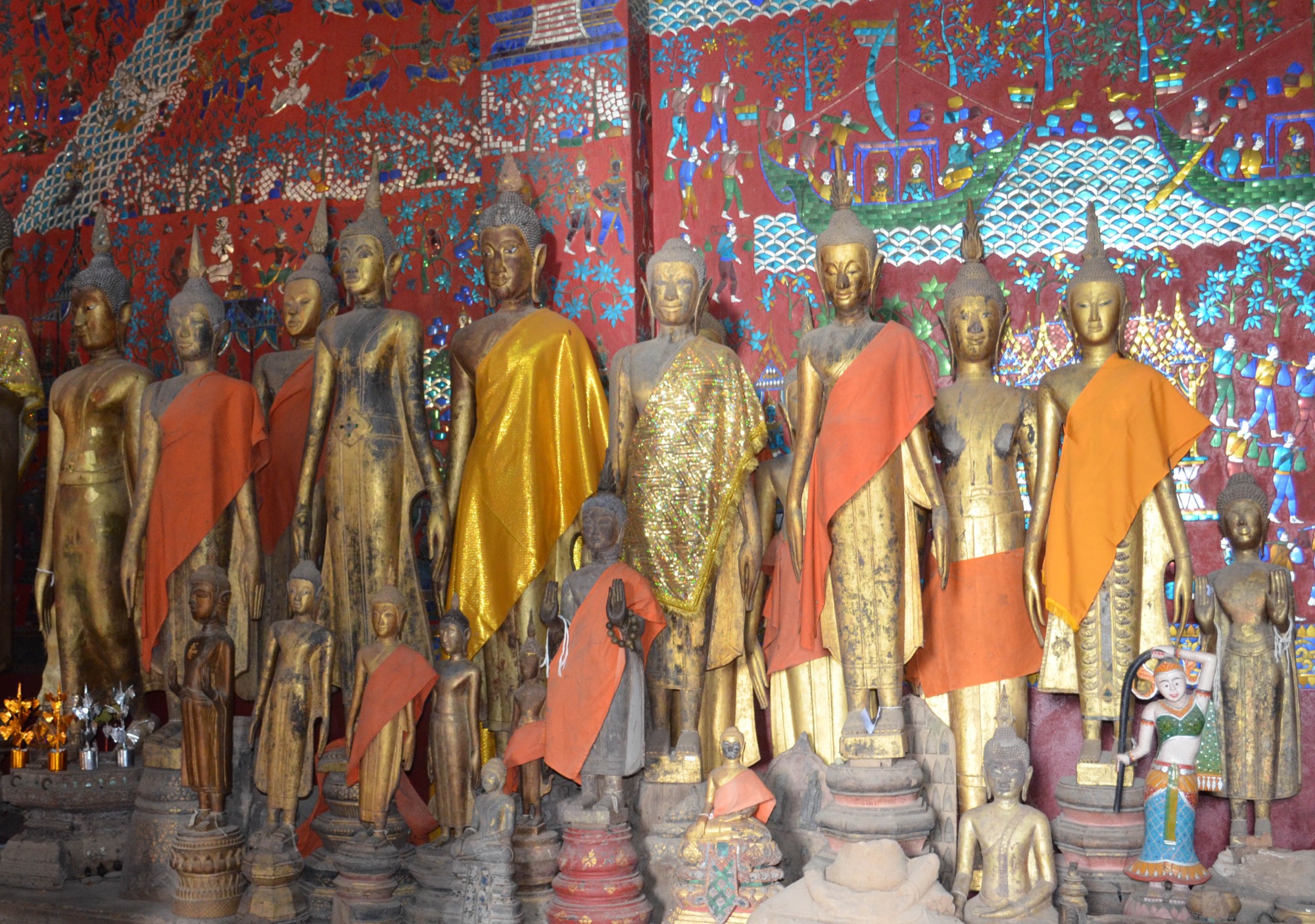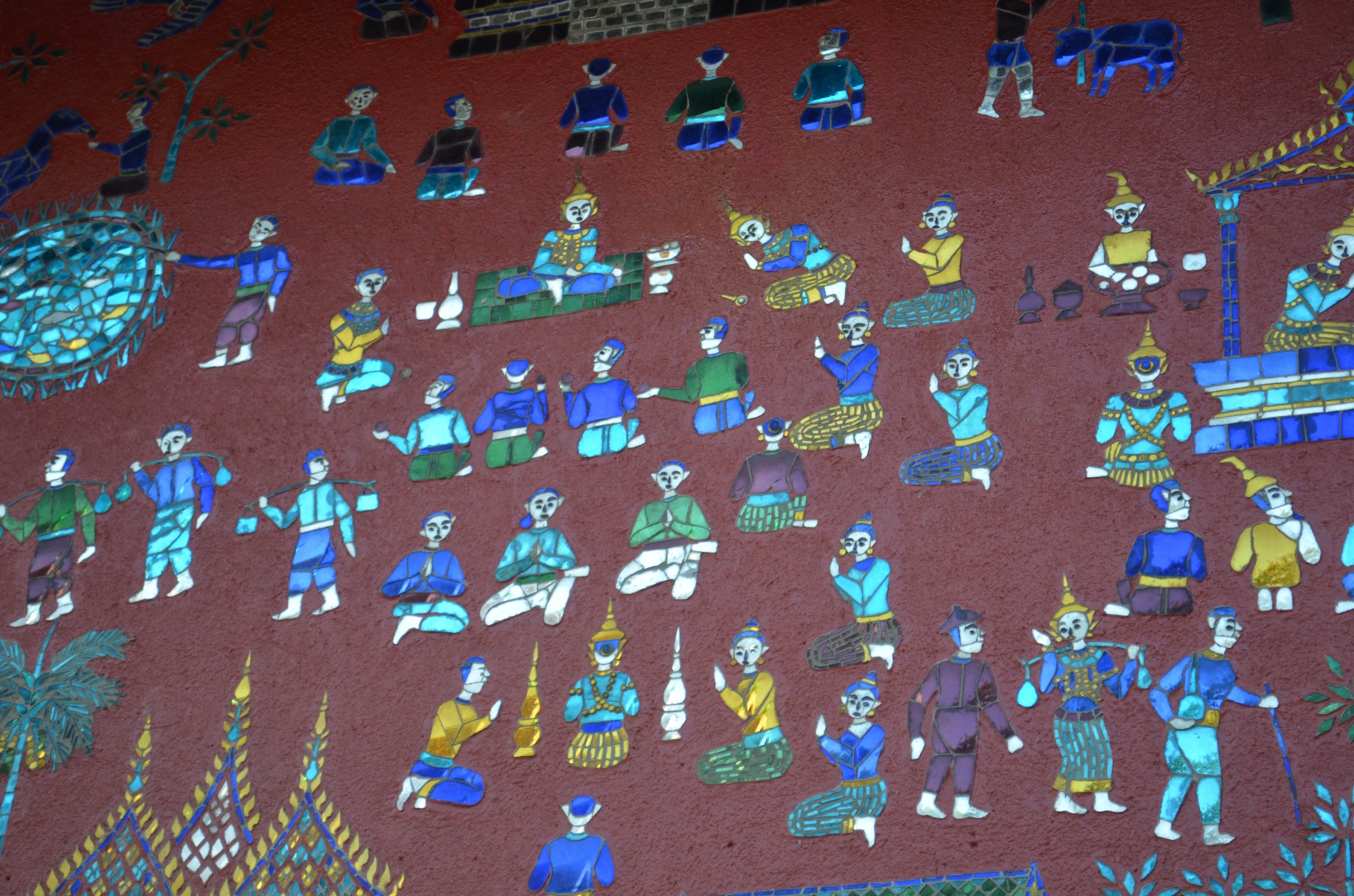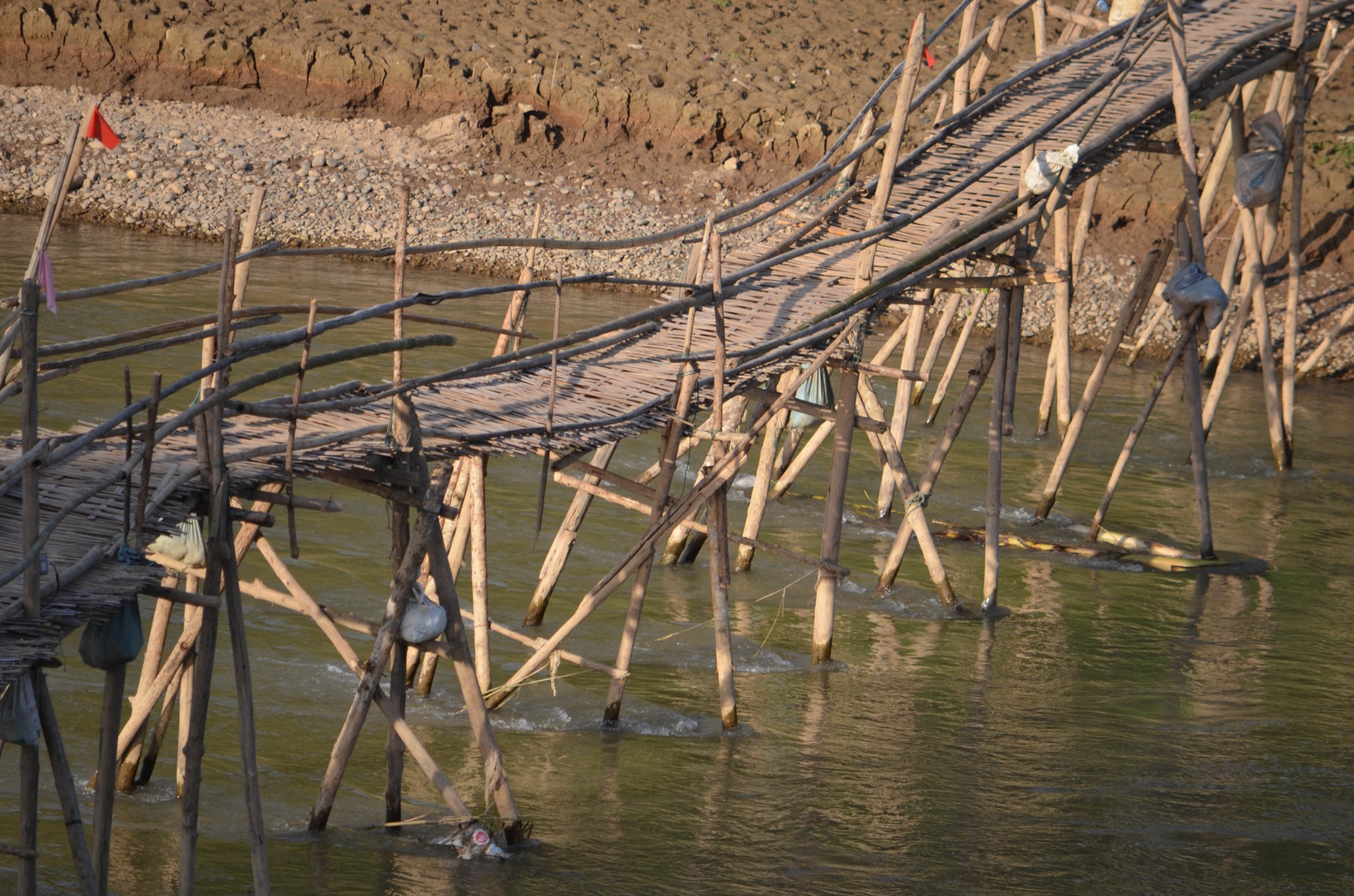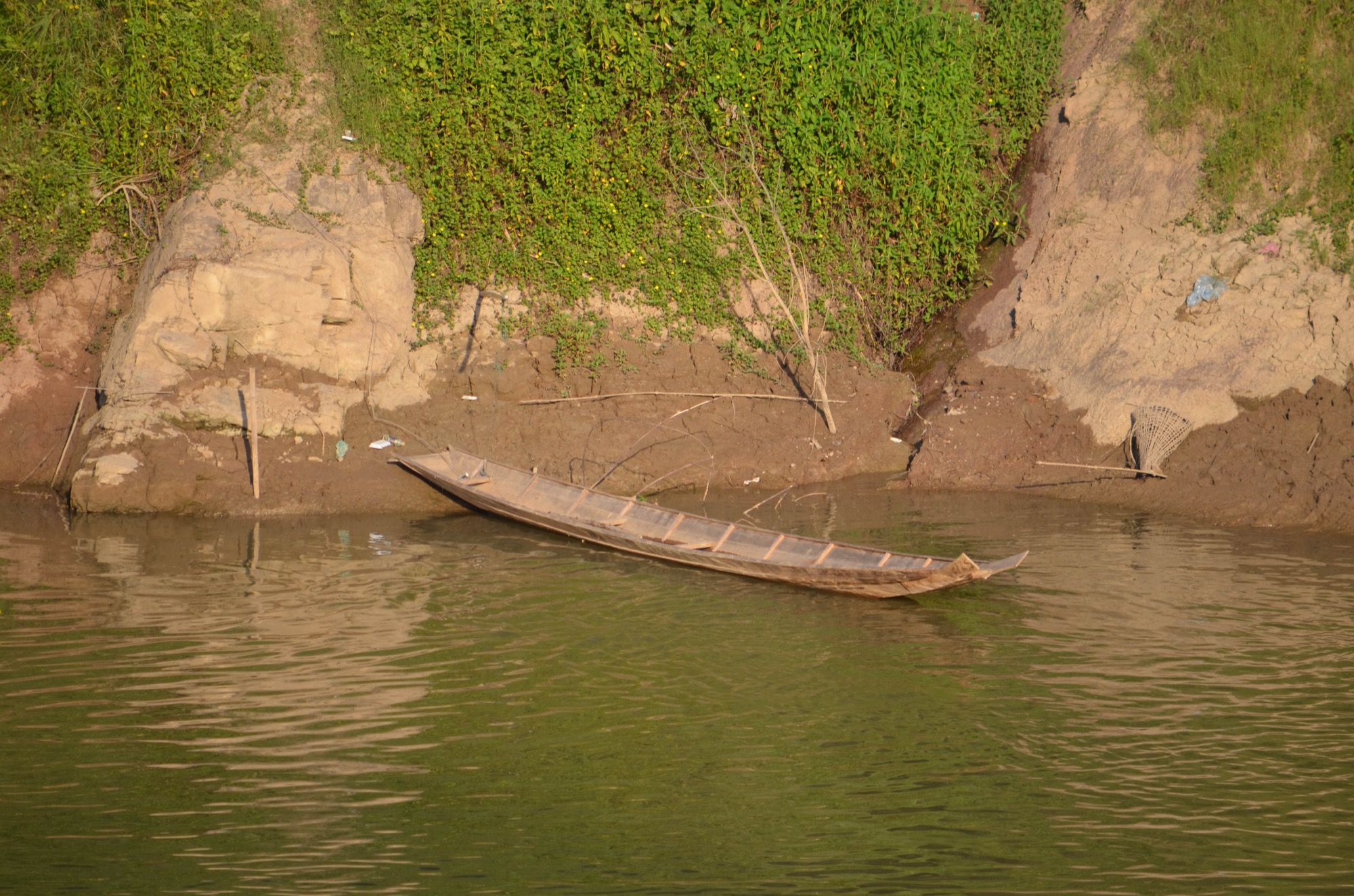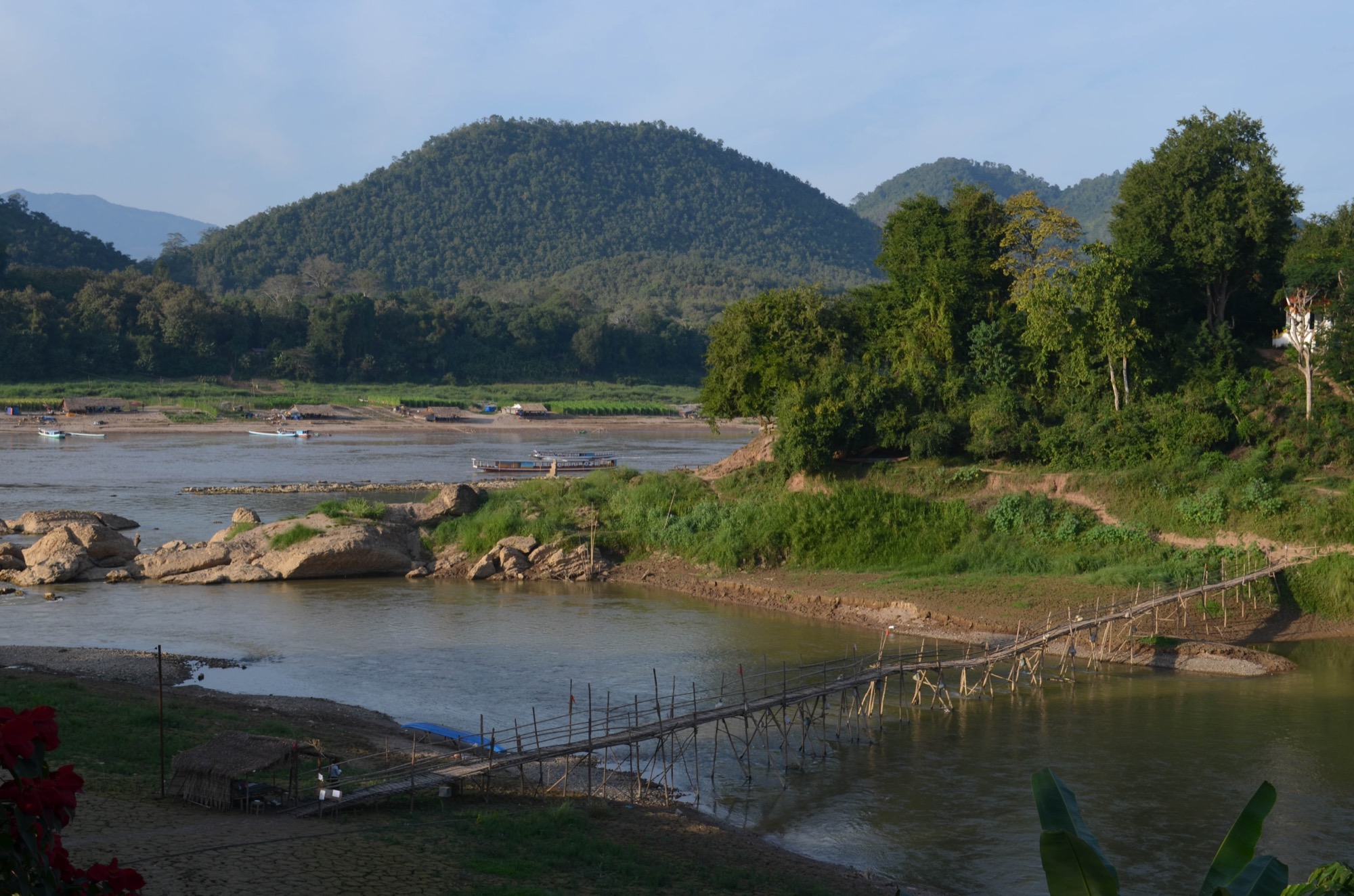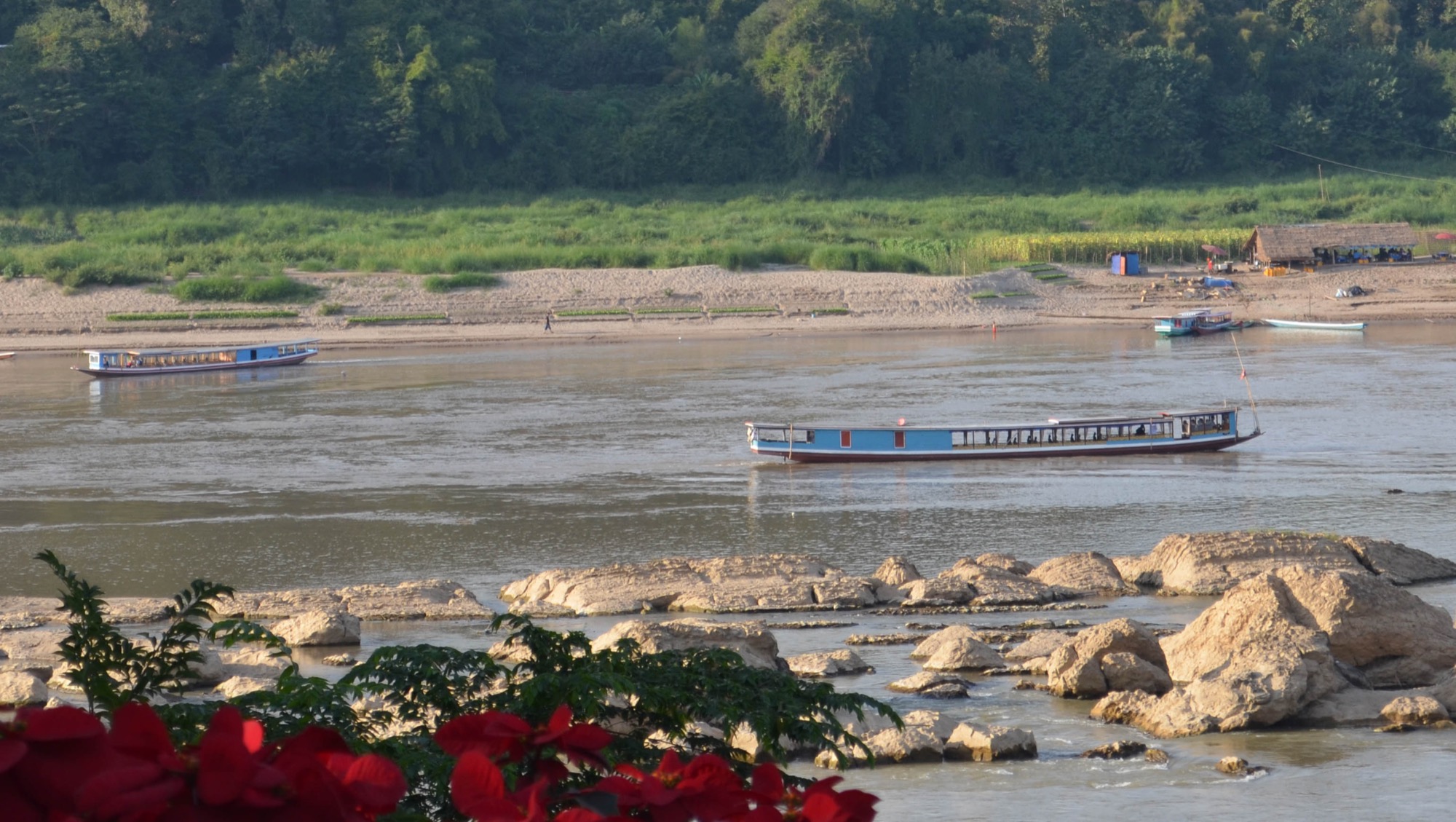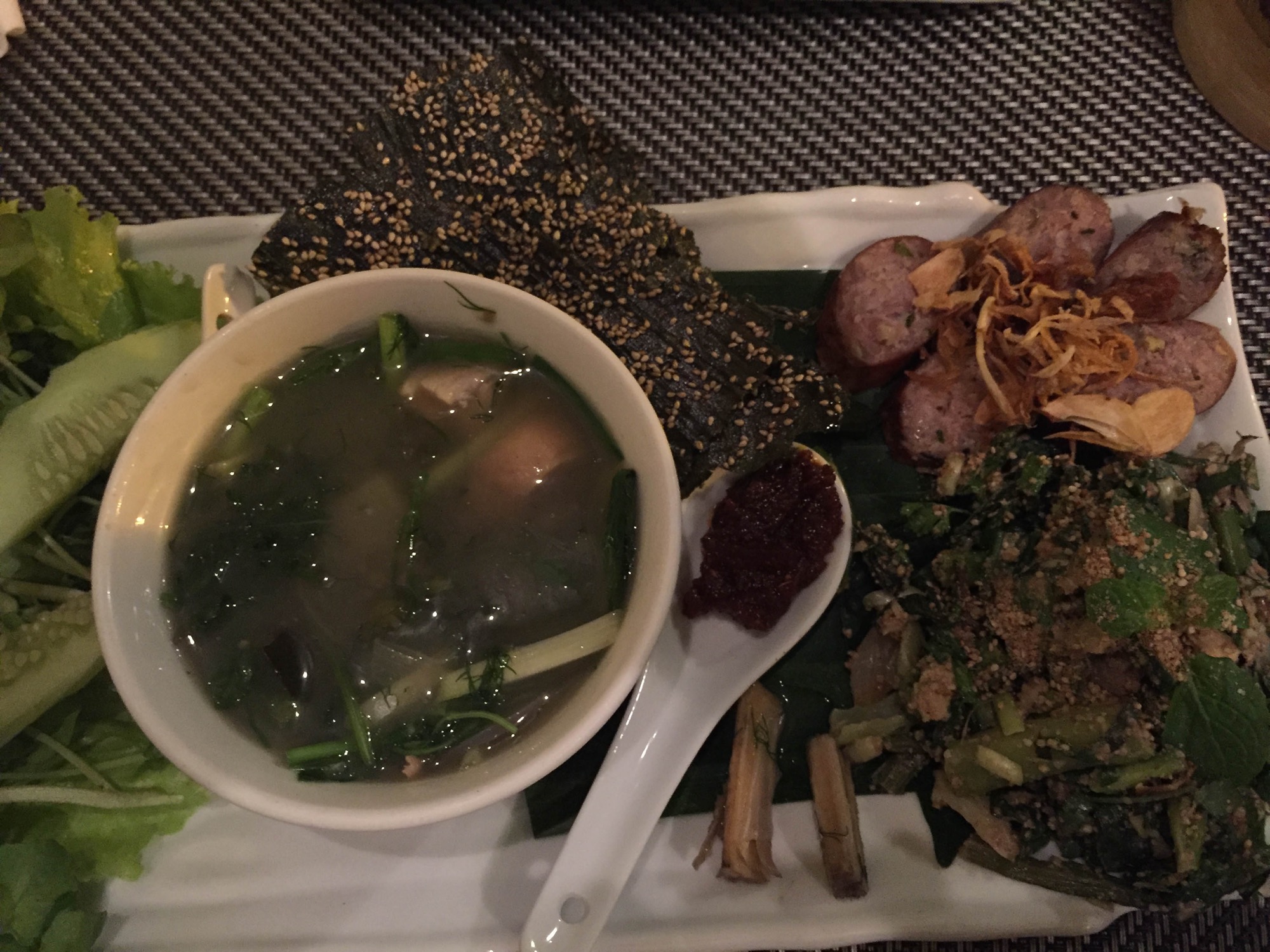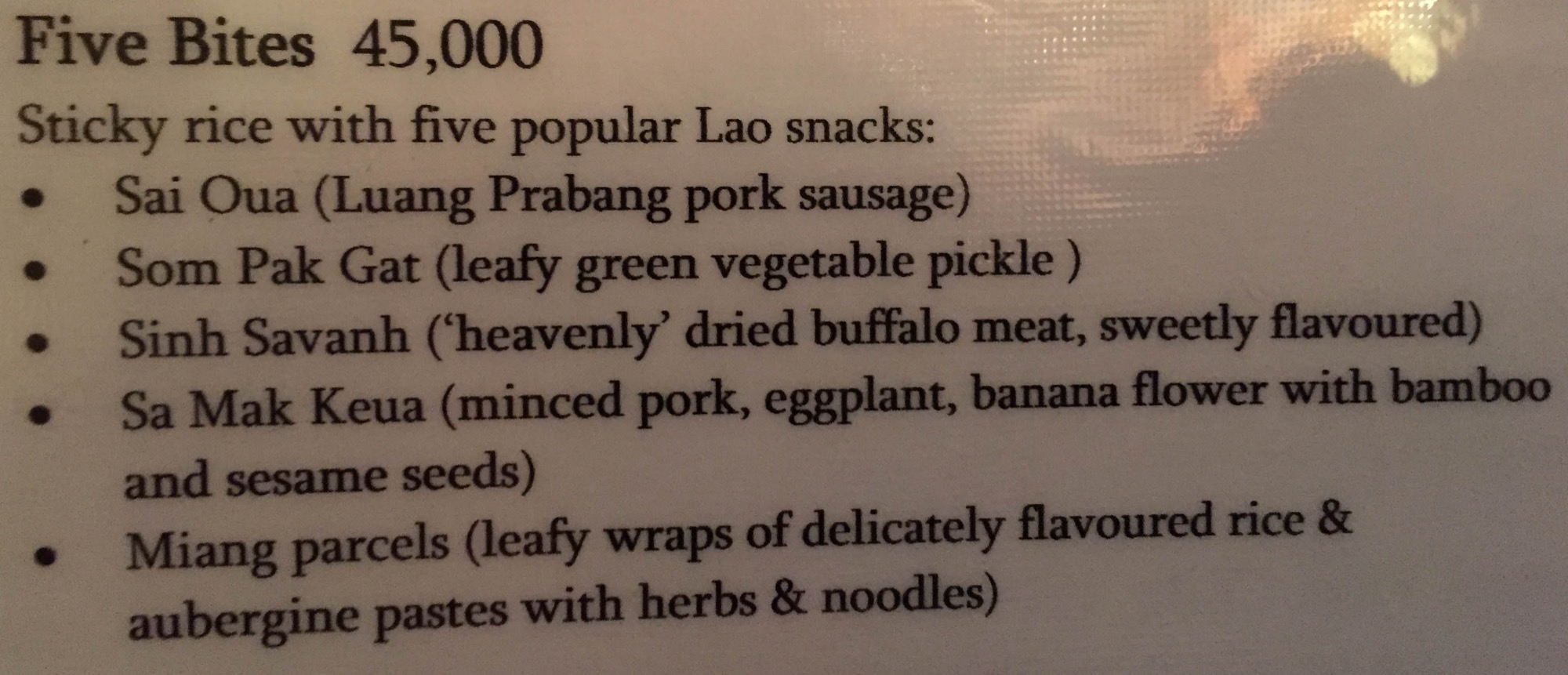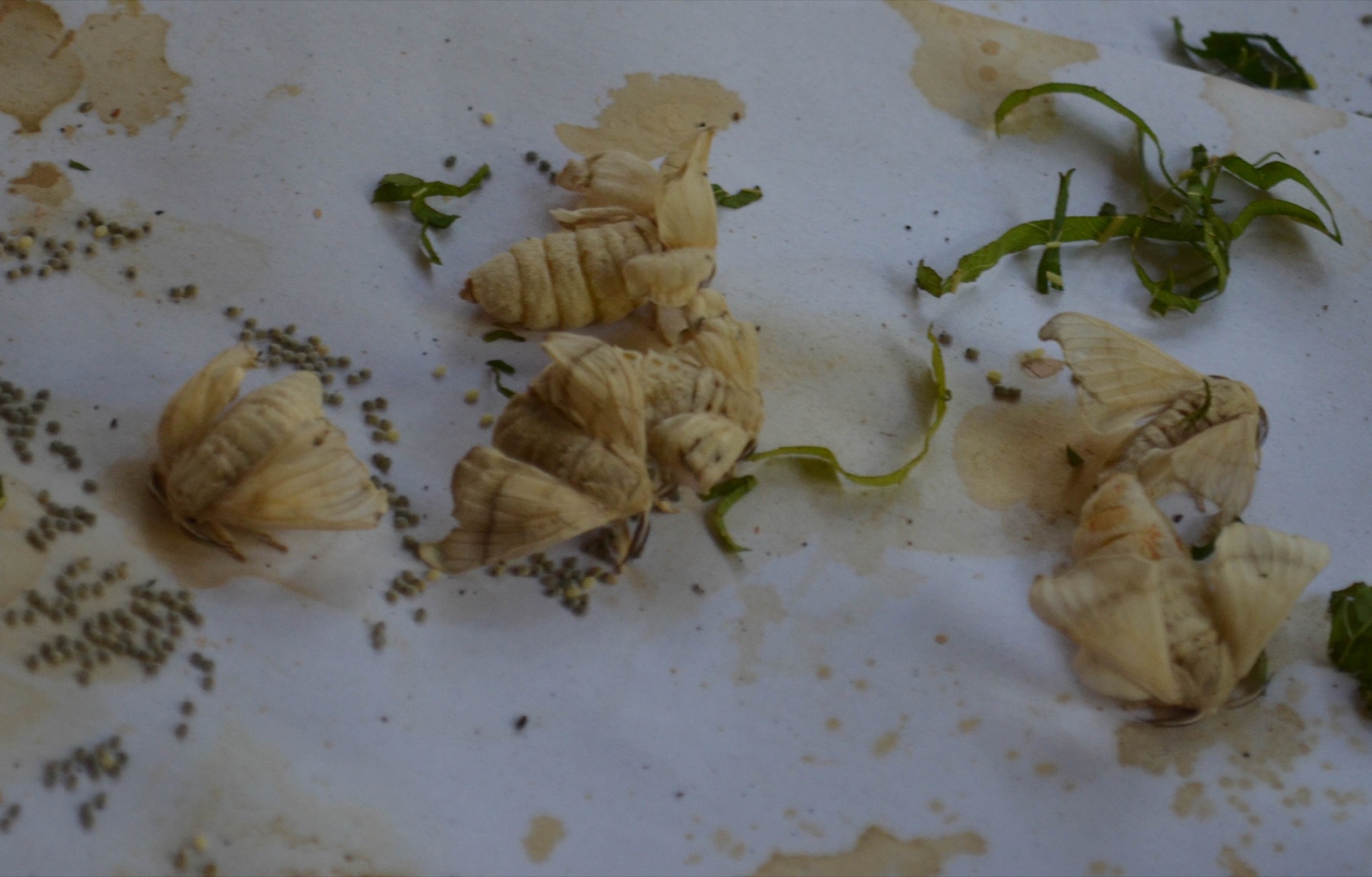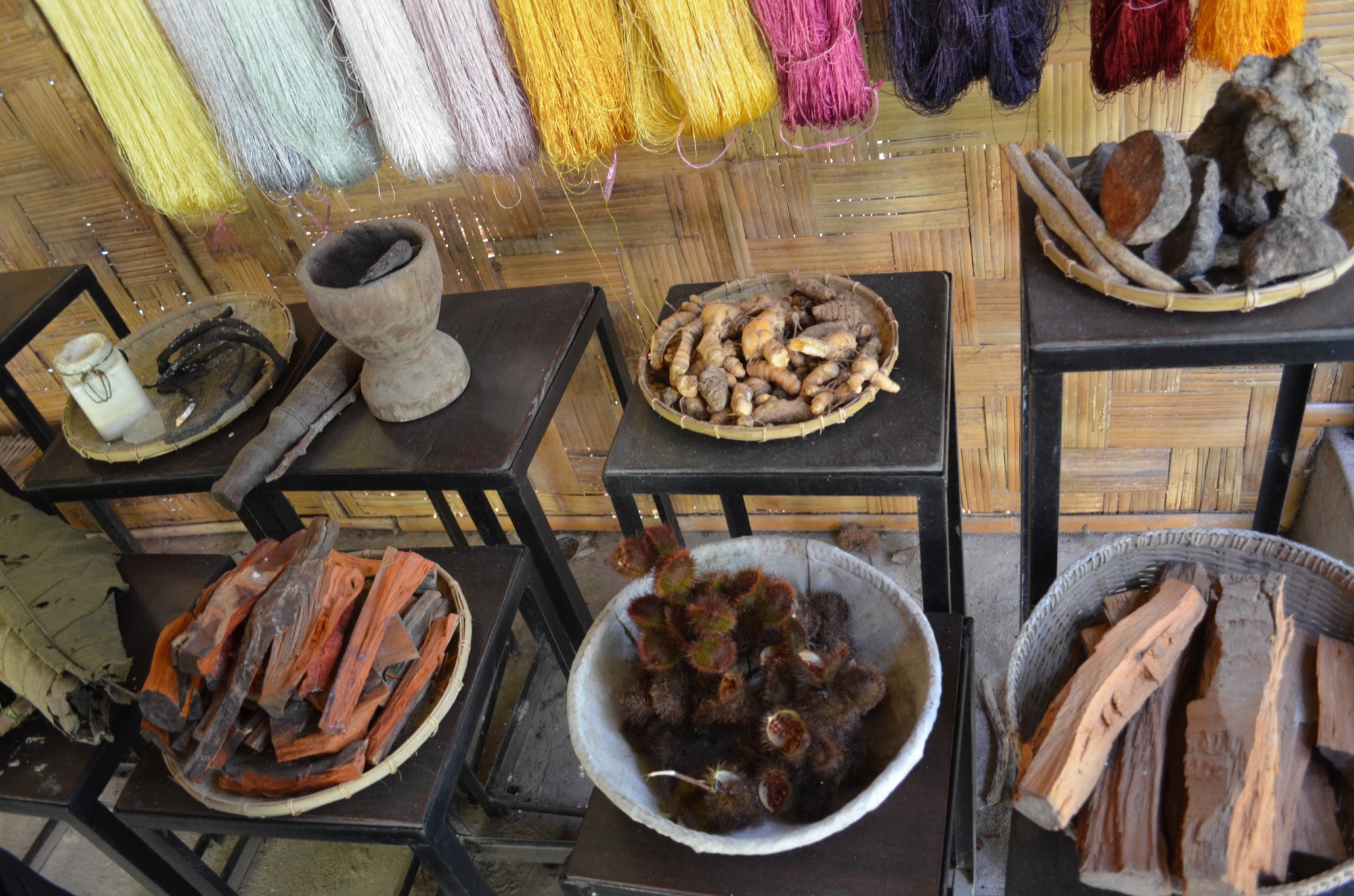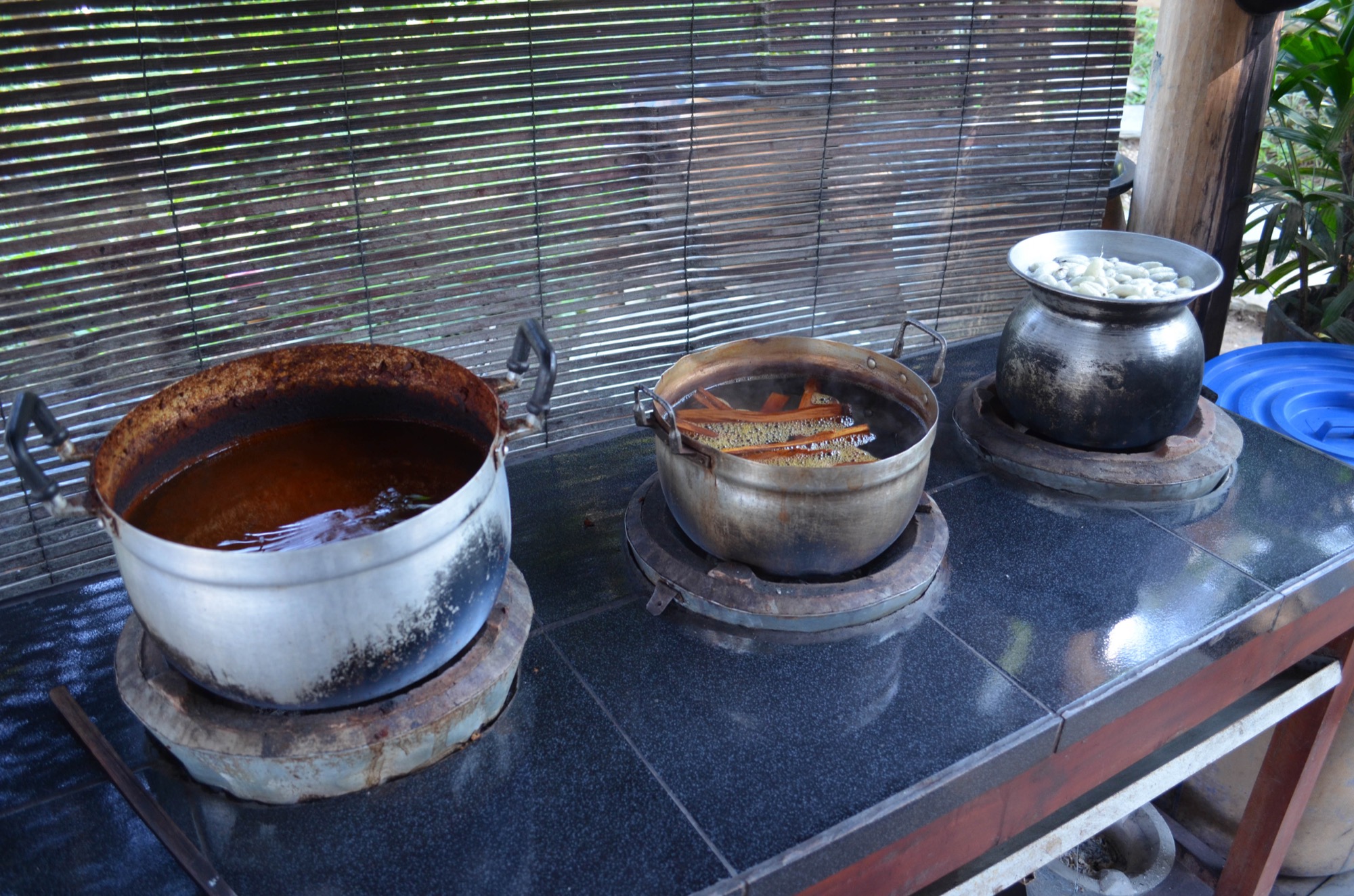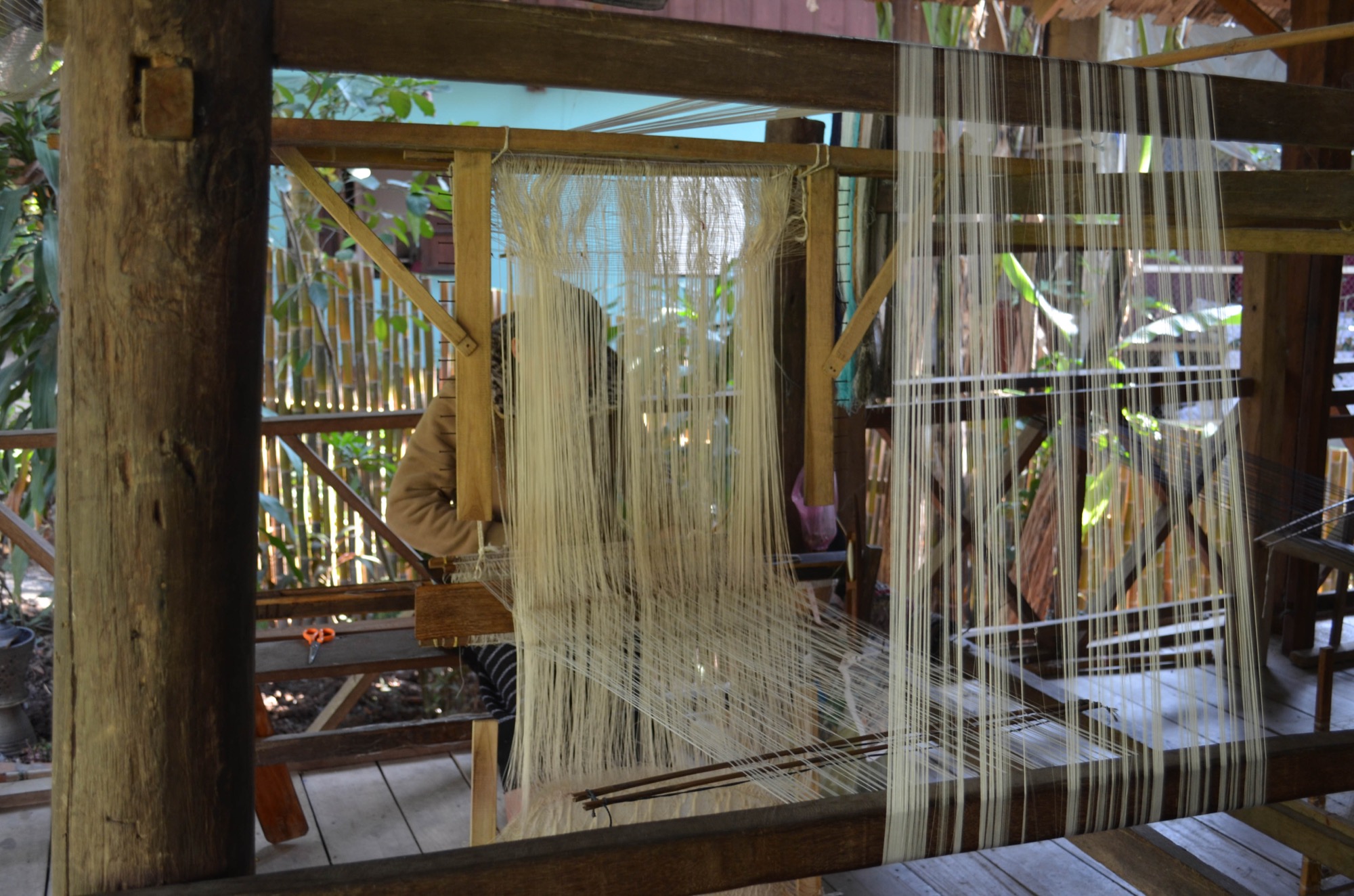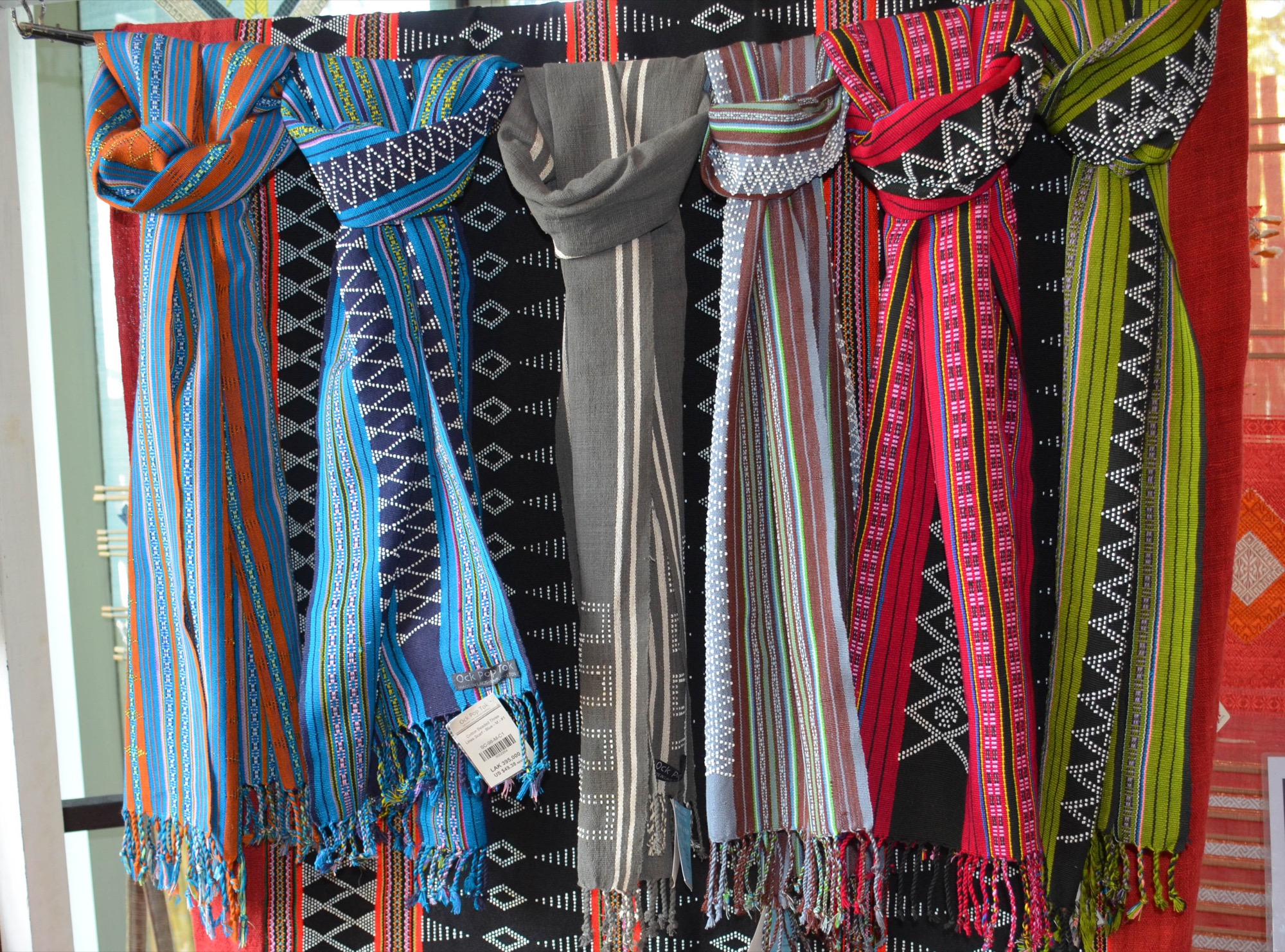Wat Xieng Thong
Wat Xieng Thong, or the Temple of the Golden City, is one of the most important Buddhist temples in Laos. More than 20 structures, such as a sim, shrines, smaller chapels, stupas, and a monastery, originally built during 1559 and 1560, were on the temple grounds.
There were large carved gold leafed doors and detailed illustrations on the walls showing the everyday life of the people of Laos.
A large statue of Buddha sits on a platform surrounded by many smaller statues and offerings, such as a stupa made from a large green banana leaf surrounded by orange marigolds.
